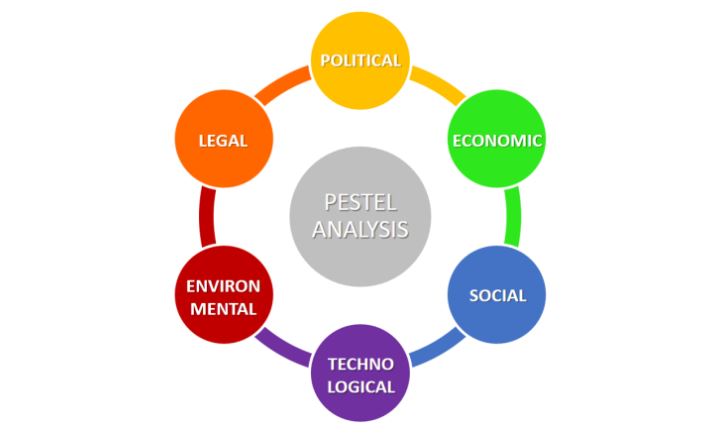The PESTEL approach, which stands for Political, Environmental, Social, Technological, Economic, and Legal, can be used for analyzing and monitoring the macro-environmental factors that may have a profound impact during the region’s transition process (Activity 1.2 in TRANSFORMER Roadmap). It is suggested as a methodology for the regions to identify the factors that can enable or prevent the transition towards climate neutrality. By systematically assessing these six critical dimensions, regions can gain valuable insights into the external influences affecting their transition efforts. Political factors might include government policies and regulations, while environmental factors consider ecological and environmental issues. Social factors examine societal trends and cultural influences, and technological factors assess the impact of new and emerging technologies. Economic factors look at the broader economic environment, including market trends and economic cycles, while legal factors involve the regulatory framework and legal obligations. This comprehensive analysis provides a structured approach for regions to proceed to next steps strategically developing pathways and scenarios for transformation towards climate neutrality (Activity 4.1 in TRANSFORMER Roadmap), ensuring that all significant external factors are considered and addressed 1.
For downloading free templates for PESTEL analysis please visit: https://www.slideegg.com/powerpoint/pestel-analysis-powerpoint-templates

Available at: https://www.business-to-you.com/scanning-the-environment-pestel-analysis/
1 Alanzi, Salem. (2018). Pestle Analysis Introduction. Available at: https://www.researchgate.net/publication/327871826_
